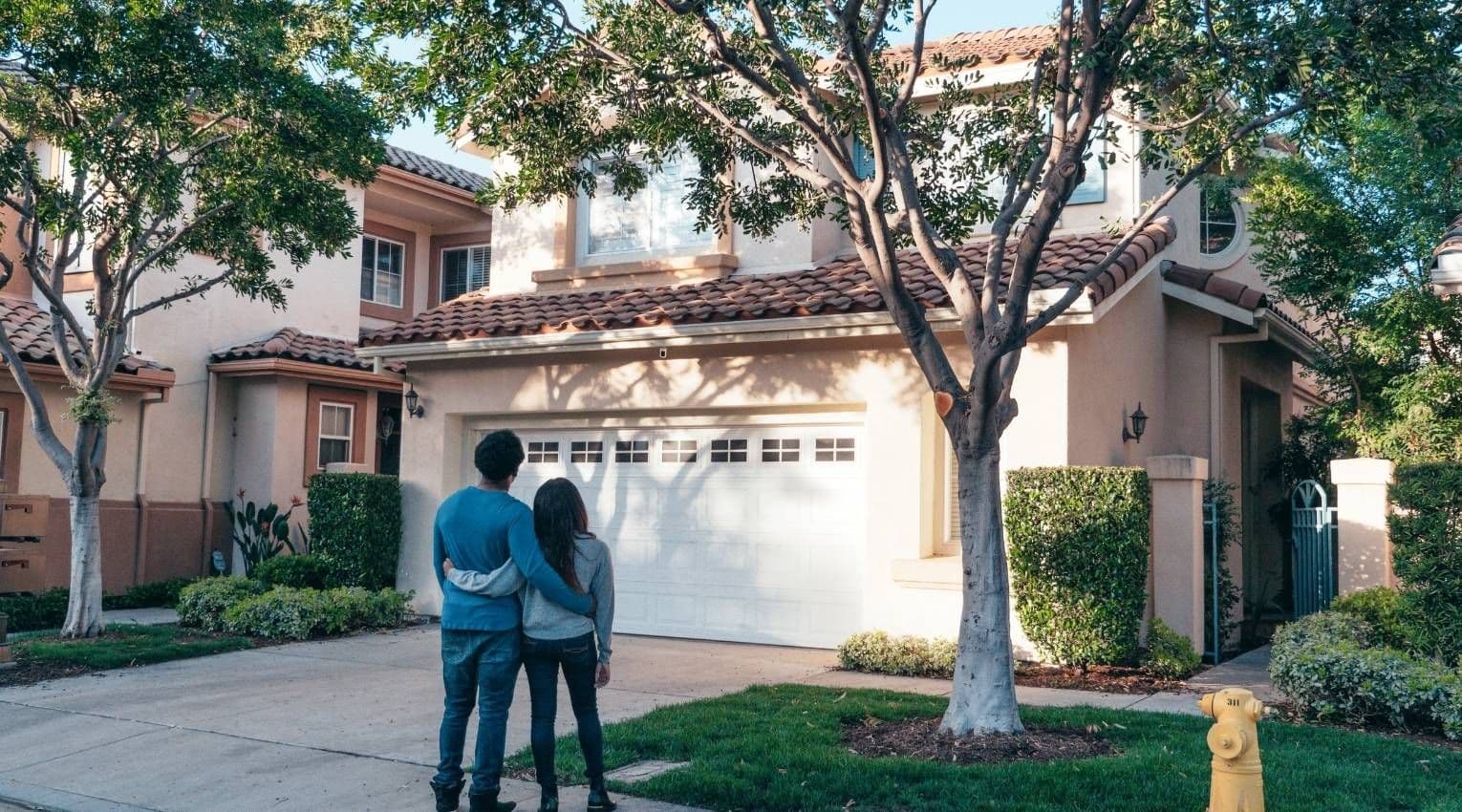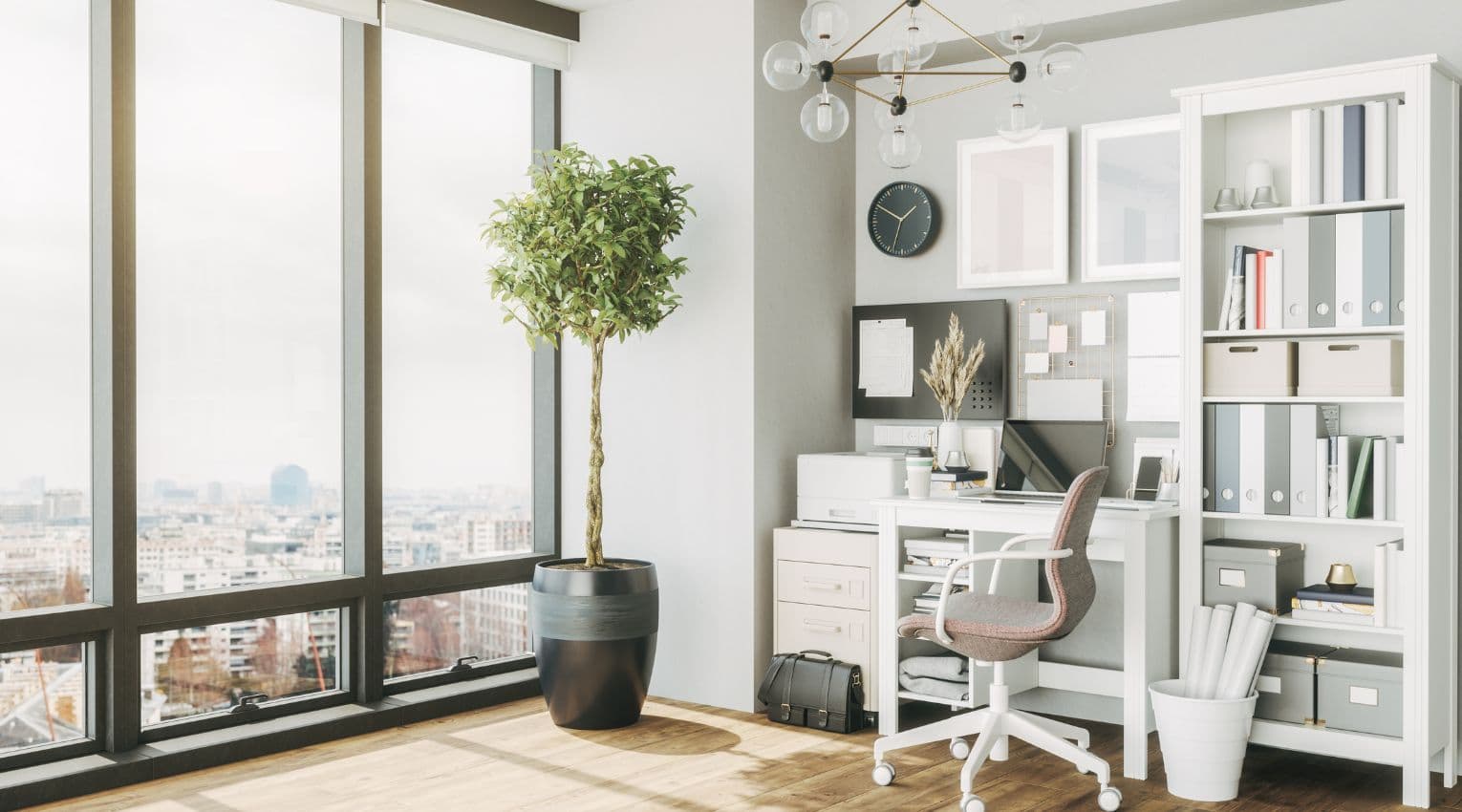9 Home Efficiency Upgrades Homeowners Should Know About
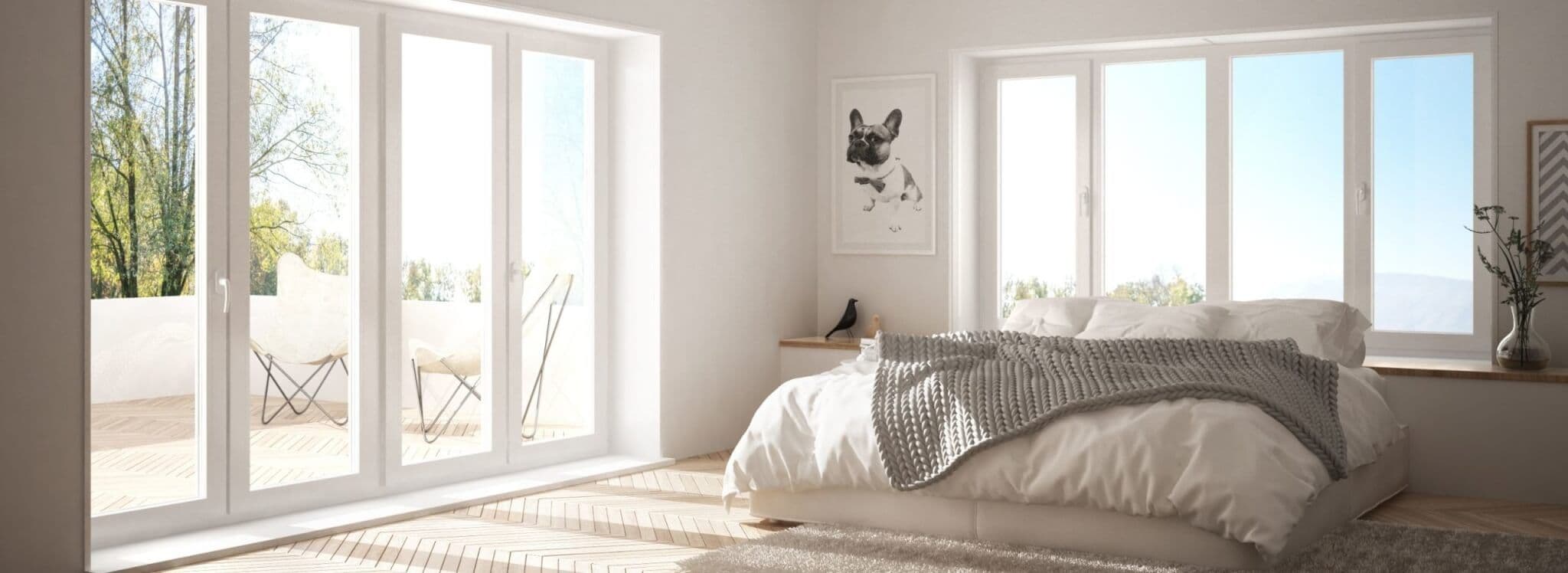
Being “green” is all the rage lately, but did you know that making home efficiency upgrades can help you save money in addition to helping save the planet? And contrary to popular belief, you don’t need to break the bank or build a completely new LEED-certified green home to take steps toward a more eco-friendly existence.
On average, the monthly electricity bill for a U.S. homeowner is $117, with heating and cooling accounting for 32% of the cost. With just a few tweaks, you can make a huge impact not only on your finances, but on the health of our planet, too.
Quick Efficiency Changes for a Green Home
Adopting some small green home routines can help you ease into a more efficient lifestyle with minimal effort. These include:
- Keeping your thermostat a few degrees lower
- Washing with cold water instead of hot
- Unplugging chargers when you’re not using them
- Turning off water when it isn’t necessary (while brushing your teeth, for example)
Implementing more sustainable practices is just one way to bring down home-related expenses without making huge changes — check out some other fast fixes you can make.
A Step Further
Ready to kick your home efficiency habits into high gear? There are more than a few places to start.
5. Start a Compost Pile
Estimated cost: Free, unless you choose to create or purchase a dedicated compost bin, which can range from $40-400
How long until I see ROI? Typically two months to one year — dependent on materials used, effort (whether you’re actively or passively composting) and other factors
If you have the space for it, a compost pile can be a great way to put food scraps and yard waste to use. There’s so much you’re able to compost, beyond just items like fruits, vegetables, and eggshells. In fact, your coffee grounds and filters, tea bags, old newspaper, and fireplace ashes are all fair game as well. The most important thing to remember is that a good compost strategy should include a combination of “browns, greens, and water” that makes for a healthy carbon/nitrogen ratio.
To begin composting, start your pile on bare earth, and add your materials layer by layer, making sure to switch between wet and dry as you go along. Once you’ve created your initial compost pile, cover it with plastic, wood, or carpet, and make sure to aerate it every two or three weeks by turning it with a shovel or pitchfork. (Some pricier, tumbler-style compost bins allow you to mix your compost within the container).
Currently, compostable materials make up approximately 30% of the waste in landfills. By keeping it on your property and out of the landfills, you’re helping to improve your soil to help your plants thrive, as well as reducing harmful greenhouse gases that are released into the atmosphere.
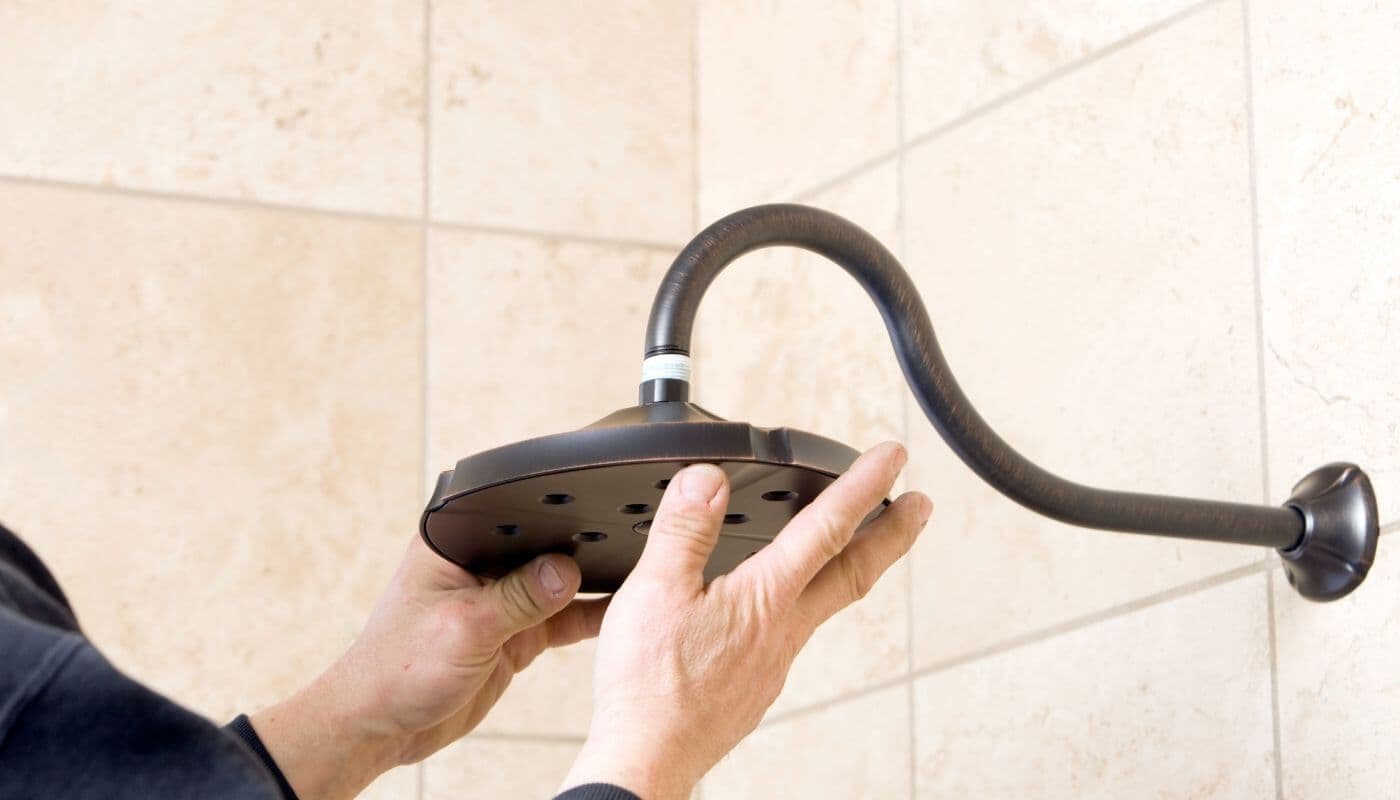
6. Install Low-flow Showerheads
Estimated cost range: $20–$150 per showerhead
How long until I see ROI? Immediately
According to the Environmental Protection Agency (EPA), showers make up 17% of the average family’s water use, which accounts for about 40 gallons per day. One easy way to waste less water is swapping out your existing showerhead for one that’s designed specifically with more economical water usage in mind. On average, just one low-flow showerhead, used by one person, can save about 2,000 gallons of water per year. What’s more, because the demand for hot water decreases with these showerheads, carbon dioxide emissions are also reduced.
7. Seal All Windows
Estimated cost range: $15–$17 per window
How long until I see ROI? Immediately
If your windows aren’t properly sealed, cold (and hot) air can easily seep in, making for more expensive heating and air conditioning bills. While you can install insulating shades to block heat and cold for a super quick solution, the most economical course of action is to affix a clear plastic sheet to each window that creates a tight seal around the frames. Caulking the perimeter of each “leaky” window, as well as the crack between the interior trim and the wall, is a slightly more involved. But it’s still relatively simple process that will pay for itself in no time.
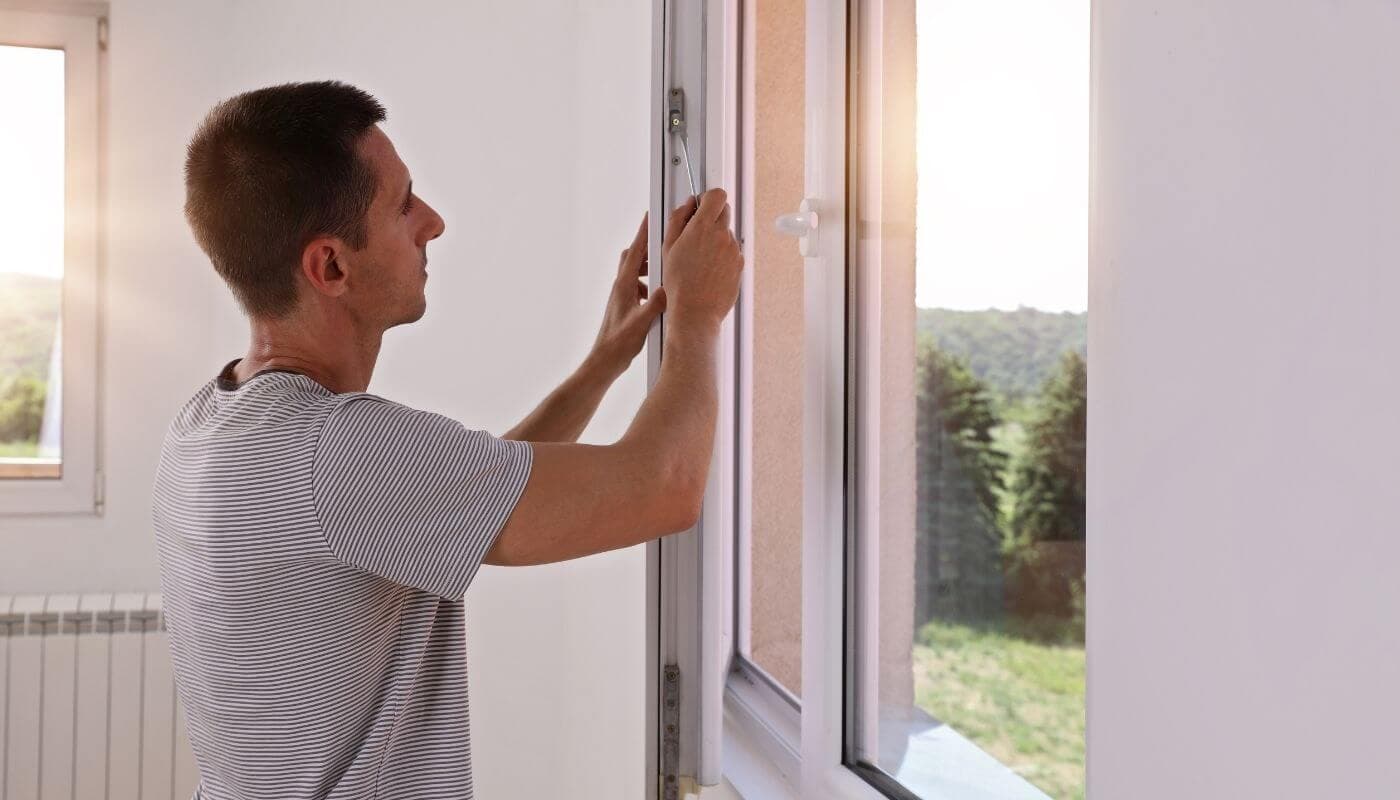
8. Install Energy-Efficient Windows and Doors
Estimated cost range: $300–$1,000 per window and $700–$1,100 per door
How long until I see ROI? This depends on several factors, including the number of windows and doors, materials you choose, and the climate where your home is located. Those in colder climates can expect a 12% savings in their energy bill, and it’s worth checking with your local energy provider to see if they offer rebates, which could expedite your ROI.
Consider replacing all of your doors and windows for an even bigger impact (and higher return on investment). It may seem like a daunting task, but when you consider the personal and environmental benefits, it’s a no-brainer.
Hiring a reputable professional to take care of the installation of your energy-efficient windows and doors is your best bet, but there are some tips to keep in mind to make sure you’re getting the best bang for your buck. Choosing vinyl or composite door and window frames is a smart choice, as they have a longer life than wood and require less upkeep, and double-hung or casement windows both naturally lend themselves to better ventilation.
For window glass, look into “Low-E“ (low emissivity) glass, which has an oxide coating to reduce heat transfer. When shopping for energy-efficient doors, make sure to look for Energy Star® rated models, and consider adding weatherstripping for extra protection from the elements. It’s worth mentioning that quality windows and doors provide excellent resale value — yet another opportunity to recoup some of your cost.
9. Replace Incandescent Bulbs
Estimated cost range: About $5 per bulb for LED, $2 per bulb for CFL
How long until I see ROI? Immediately, but the savings really add up over time; some estimates suggest you could save more than $3,000 during the typical lifespan of LED bulbs if you replaced 20 of them.
Switching out all of your incandescent light bulbs for compact fluorescent lamps (CFLs) or Light-emitting diodes (LEDs) can be tedious. But if you’re interested in lowering your monthly energy bills, getting more mileage out of your lighting, and reducing carbon dioxide emissions, it’s worth it.
Not only are LED lights more energy-efficient, but they can last up to 80,000 hours. That’s approximately 8 to 10 times longer than halogen lamps. In addition, they’re one of the safest lighting choices, as they are free of mercury and other toxic gases and don’t emit any harmful UV rays.
How to Finance Green Home Upgrades
Traditional options
Home equity loans, home equity lines of credit (HELOCs), or cash-out refinances are all options for many homeowners looking to cover the costs of eco-friendly improvements, energy efficient appliances, and more. While they can make sense for the renovation needs of many homeowners, they all come with disadvantages that are worth considering before committing.
The approval process for a home equity loan, for example, can be difficult, and you’re stuck paying the loan back in addition to your existing mortgage. HELOCs, while flexible in terms of accessing funds, can lead to unpredictable monthly bills given their variable rates. And cash-out refinances not only extend your mortgage timeline, but come with the fees and charges that accompanied your first one. Application, closing, and origination fees, and possibly an appraisal, are among those costs.
Home Energy Renovation Opportunity (HERO) loans
HERO loans provide financing for energy-efficient home improvements in California, Florida, and Missouri, and are paid back through property taxes. Because they cover 100% of the costs for upgrades like energy efficient water heaters, solar panels, roofing, and window and door replacements, they can be extremely appealing to homeowners. However, it’s important to do your homework and be careful with these loans for a number of reasons.
If you plan to sell your home down the road, HERO loans can make it more difficult. Since they take first priority if you default, this presents a conflict with your mortgage lender, who typically requires that they are paid first. The interest rates are also extremely high — up to 8.99% for a 25-year term, plus an administrative fee. Finally, as mentioned above, you’ll be paying back the loan on top of your property taxes. The government’s 2017 tax reform bill caps property tax deductions at $10,000. This means you may not be able to write off your HERO loan payments if your taxes are particularly high, and can run into trouble.
Learn how California homeowner Elizabeth used a Hometap Investment to pay off the debts she incurred with a HERO loan.
Home equity investments
A home equity investment can help you use the equity you’ve built in your home to fund your renovations and energy-efficient upgrades. In exchange for a percentage of your home’s future value, you can access cash that you can use however you’d like with no monthly payments. A home equity investment can help you get the funds you need to make your home more energy efficient.
You should know
We do our best to make sure that the information in this post is as accurate as possible as of the date it is published, but things change quickly sometimes. Hometap does not endorse or monitor any linked websites. Individual situations differ, so consult your own finance, tax or legal professional to determine what makes sense for you.



